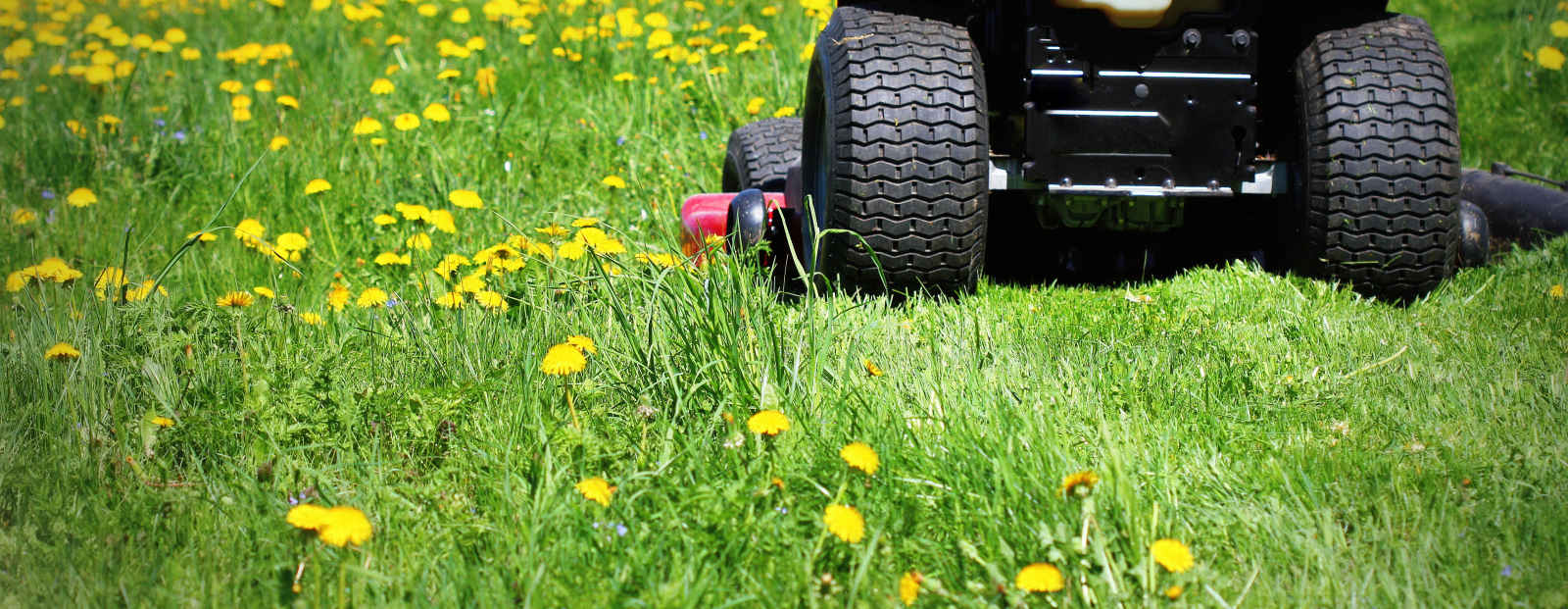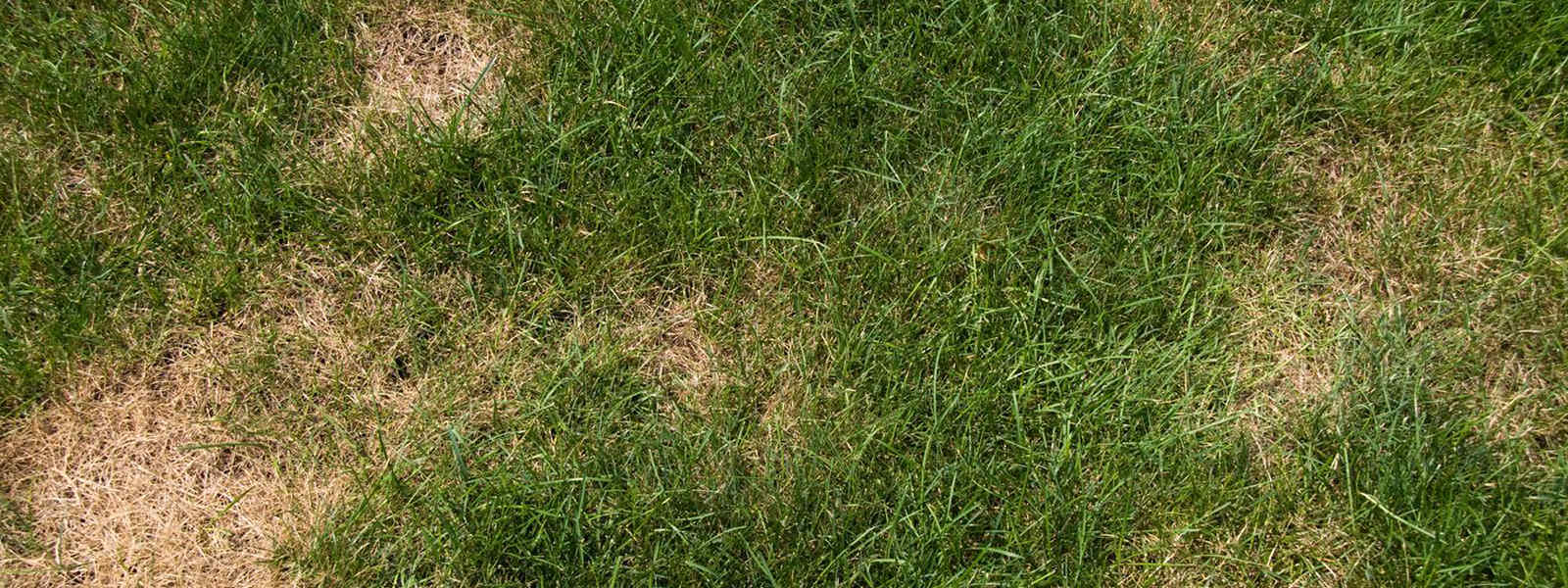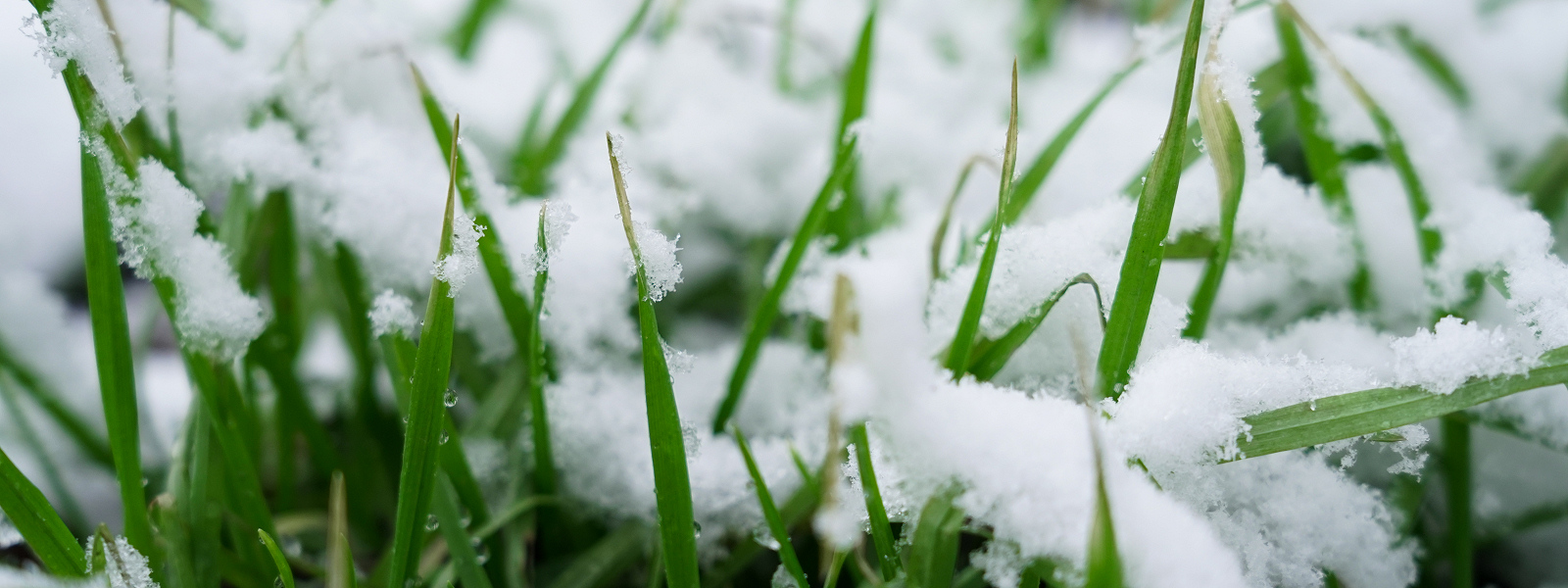mowing & lawns
buzzcut provide the people of Pembrokeshire with affordable, professional, garden lawn care and grass cutting; for home owners or landlords from Haverfordwest, Milford Haven, Neyland, Pembroke and St Davids, to Tenby and Narberth.
Enhance your home, holiday rental property kerb appeal or commercial gardens with a lush, well-kept and healthy lawn. Fully licensed for waste removal, we operate a strict 'clean site' policy, leaving every garden immaculately tidy.
>> Planning an annual mowing schedule:
The growing season in Pembrokeshire usually begins in late March to early April, so your grass cutting regime should begin with an initial (high) cut sometime during that period.
Due to increasing temperature and day length, lawns should be mown more frequently throughout June, July, August & September; The mowing schedule should be weekly if possible and budget allows, but buzzcut can reduce the cutting height slightly to accommodate fortnightly mowing.
Please note: Although it's tempting to apply a tighter cut to save on mowing frequency, this can encourage moss, especially during extended wet periods. (See 'Weather dependent mowing', below).
If the weather is dry and hot, growth will noticeably slow, but your grass should still be cut at least every two weeks to maintain its root health.
As autumn sets in, the cut height should be gradually increased to match the slower growth rate, whilst still keeping moss under control. As a 'rule of thumb', the last regular cut of the year will probably occur in early November. Autumn cuts have the added benefit of removing fallen autumn leaves!
A Christmas cut? Because of Pembrokeshire's temperate climate, a light 'topping' cut is recommended during the winter months (usually around Christmas), so long as the soil is not waterlogged and no ground frost is expected within 24 hours.
Using this schedule as a guide, you can expect to need anywhere between 22 and 32 cuts in a year.
CLICK HERE TO CLOSE THIS EXTRA CONTENT
>> Weather dependent grass cutting:
Before mowing a wet lawn, it's important to inspect the grass closely to see if the blades are bent over. . . if they are upright, it's safe to mow. As well as potentially causing damage to waterlogged ground, wet grass tends to cut less cleanly, resulting in larger clippings which clump together and block up the mower's deck.
If we have to delay a cut due to rain or waterlogging, we can usually re-schedule in two or three days. If this is not sufficient to allow the ground to dry, we will move the mow back by a week. . . but such weather delays are entirely our risk, you will only EVER be charged for the cuts completed!
CLICK HERE TO CLOSE THIS EXTRA CONTENT
call: 07562 998 706
lawn repair
Lawn repairs are generally only applied in isolated areas and should always be carried out at the earliest opportunity, before the damage worsens or spreads. Although grass has amazing recuperative powers and, if properly cut and maintained, will repair itself over time. . . dead grass (or no grass at all), cannot magically come back to life!
Our lawn treatments include; feeding, scarification, aeration, top dressing and reseeding, plus ecologically and pet friendly moss or broad leaf weed treatments.
Treatment recommendations will be part of your free survey and quote!
>> Some common lawn damage and causes:
Thin or depleted grass cover in heavily shaded areas: Areas suffering from premature drying: Tree root incursions: Urine damage from pets or foxes: Mole hills and fairy rings: Worn or compacted areas due to excessive use.
CLICK HERE TO CLOSE THIS EXTRA CONTENT
>> Top dressing, reseeding and overseeding:
All lawns are affected by their growing environment; shade, soil type, drainage and the amount of footfall it experiences. . . as well as the level of general, year-round, maintenance.
Overseeding once a year will keep your grass looking lush, thick and verdant. . . and should be part of your annual lawn care regime. Best carried out in Spring or Autumn (grass seed requires a temperature of 13C to germinate), a mix of seed and growing medium is scattered evenly across the newly aerated lawn, with a greater concentration applied to thinning patches.
(Areas of more extreme wear or damage may require top-dressing and reseeding)
CLICK HERE TO CLOSE THIS EXTRA CONTENT
call: 07562 998 706
lawn rewilding
There is a positive trend at the moment to set aside part of a garden's lawned area, allowing it to revert to meadow. . . a process known as 'Rewilding'.
Rewilding a section of your lawn has two positive advantages. Firstly, it creates the environment for meadow flowers to flourish, providing a natural food source for nectar eating insects such as butterflies and bumble bees which will, in turn, attract birds and other wildlife.
The 'rewilded' section should only be mown twice a year. . . with a 2" high cut in May, and again in December. This bi-annual mowing allows light to reach the soil and encourages the growth of low flowering plants including Daisies, Cowslips and Clover, whilst preventing unwanted species such as Hawthorn and Bramble from gaining a foothold.
Finally, a smaller area to cut every two weeks means lower mowing costs!
>> Let nature take its course:
This approach demands us to do. . . absolutely nothing! There are probably thousands of dormant wildflower seeds already in the soil, and more will be carried into your garden by the wind or birds. These will all be encouraged to grow after the first high cut.
Wild flowers actually prefer nutrient poor soil, so don't use any fertilizers or treatments on the rewilded section of your lawn. Also, don't apply any pesticides or insecticides. Although it may take a little time to see the end results this way, they can be visually spectacular, as well as ecologically sound.
CLICK HERE TO CLOSE THIS EXTRA CONTENT
>> 'Bee bombs' and plug planting:
To help the process of rewilding along, we can plant seed balls (often called 'bee bombs'), or wildflowers ready propogated as 'plugs', at intervals across the section of lawn to be rewilded.
As well as reducing the waiting time, this proactive approach means that you have far more control over the wildflower species that appear in your meadow lawn. . . and can offer a valuable head start to plants that may otherwise find it difficult to become established.
CLICK HERE TO CLOSE THIS EXTRA CONTENT
>> Creating a wild flower meadow from scratch:
Although labour intensive at first, and therefore a little more costly, this solution may be the only option for grassed areas that are badly damaged, bare, or compacted.
Ideally carried out in Spring or Autumn, the process involves removing the top layer of turf, sowing a wildflower and meadow grass seed mix onto the bare soil and covering with a fine tilth. The chosen seed mix should include a variety of annuals, providing colour and food for insects in the short to medium term, without having to wait for perennials to flower.
As with all three wild meadow lawn conversion options, we will be happy to suggest the best way forward for your garden as part of the free survey and quotation.
CLICK HERE TO CLOSE THIS EXTRA CONTENT
call: 07562 998 706
winterproofing
Although the months from November through to February are the quietest in terms of lawn mowing, it is important to keep grassed areas clear of fallen leaves or debris. . . and aerating is advisable to manage drainage and prevent standing water.
If moss or disease does become a problem during the winter, a 6 weekly application of sulphate of iron may be helpful in discouraging blight and to help prevent common winter lawn care issues. A single winter feed, low in nitrogen but high in phosphate and potash, will strengthen the grass leaf cell walls and roots.





